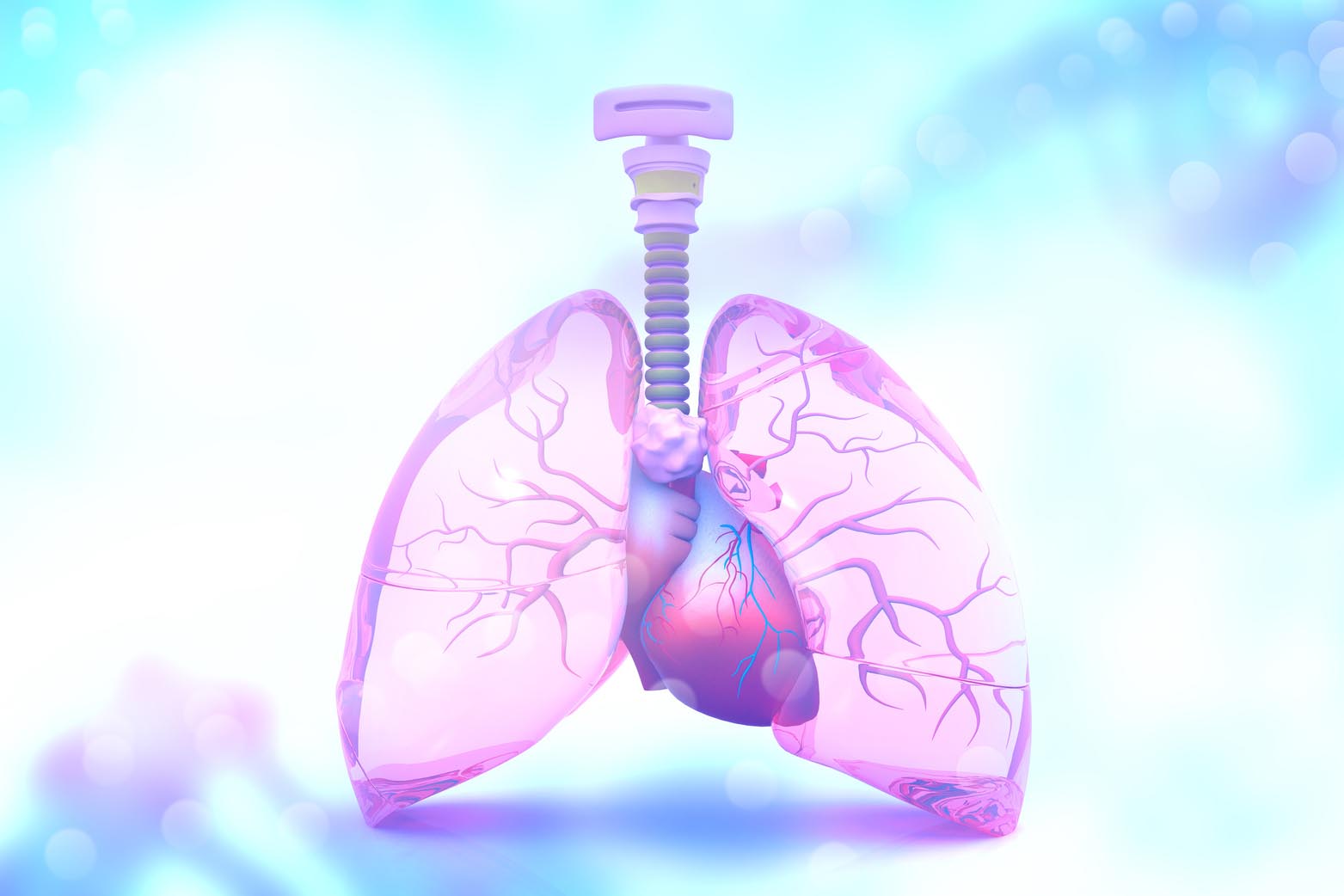-
What is already known on this topic
Our airways, from the nose to the lungs, are covered in microbes that influence the immune system and affect health and disease. But little is known about how the airway microbiota forms, mainly because sampling the lower airways – trachea, bronchi, and lungs – is an invasive process. -
What this research adds
The researchers analyzed tracheal aspirates from children aged 1 day to 1 year, and found that the lower airway microbiota forms within the first 2 months after birth. The gestational age at birth and, in premature babies, the delivery mode were major determinants of the lower airways microbiota composition. -
Conclusions
The results offer an insight into the formation of the human airway microbiota and could help to develop new interventions to prevent respiratory diseases.
The lower airway microbiota forms within the first 2 months of a baby’s life, and important factors that influence its composition are the gestational age at birth and, in premature babies, the delivery mode. These are the conclusions of a study carried out by Céline Pattaroni and her colleagues at Lausanne University Hospital, Switzerland, and Monash University, Australia. The results were detailed in the journal Cell Host & Microbe.
Most of our body, including the nasal cavity, trachea, bronchi and lungs, is covered in microbes that influence the immune system and affect health and disease. But how the airway microbiota develops remains unclear, mainly because sampling the trachea, bronchi and lungs is a rather invasive process.
To address this question, the researchers analyzed tracheal aspirates from 45 healthy children aged 1 day to 1 year who were intubated for surgery or respiratory support.
Airway microbiota develops within 7 weeks after birth
By 24 hours after birth, the researchers started to detect in tracheal aspirates a significant number of microbes, which tended to cluster in 3 microbiota groups. Two groups were dominated either by Staphylococcus or Ureaplasma, whereas the third was more mixed and included Streptococcus, Neisseria, Prevotella, Porphyromonas, Veillonella, and Fusobacterium.
Seven weeks after birth, the microbiota groups dominated by Ureaplasma and Staphylococcus disappeared, whereas the mixed group persisted and was found in samples from children up to 1 year of age.
Gestational age and delivery mode determine microbiota make-up
Next, the researchers looked at a series of environmental factors that could determine airway microbiota composition. The major factor to affect microbiota make-up was the gestational age at birth, followed by delivery mode and age of the children.
None of the samples collected from babies born before 30 weeks of gestational age contained bacteria that clustered into the mixed group. The Ureaplasma group was only detected in babies born through vaginal birth, whereas the Staphylococcus group was observed in babies delivered with C-section.
In premature babies, delivery mode significantly contributed to explain the variation of airway microbiota composition. Ureaplasma, Streptococcus and Gemella were more abundant in samples from preterm babies born through vaginal birth than in samples from preterm babies born with C-section, which instead contained higher quantities of Propionibacterium and Planococcaceae.
In children born at term, age rather than delivery contributed to explain the variation of airway microbiota composition. Prevotella, Veillonella, and Porphyromonas were more abundant in older children.
Gestational age influences immune genes expression in the lower airways
Because the first 2 months of life turned out to be so important for the development of the airway microbiota, the team analyzed gene expression in 16 samples from children whose gestational age ranged from 24 to 39 weeks.
The researchers identified 408 genes whose expression depended on gestational age. The pro-inflammatory cytokine interleukin-33 was strongly upregulated with increasing gestational age, and the immune network for IgA production as well as the complement and coagulation cascades and the antigen processing and presentation pathway were also enriched with increasing gestational age.
Since IgA production contributes to mucosal tissue barrier protection and to shaping the microbiota, the authors hypothesize that the induction of the IgA pathway could be driven either by intrinsic pathways of gestational development or by the formation of a diverse airway microbiota.
In summary, this study shows that the development of the human airway microbiome is rapid and can be influenced by factors such as delivery mode and gestational age.
The results, the authors say, could contribute to future approaches to prevent respiratory diseases in children.









